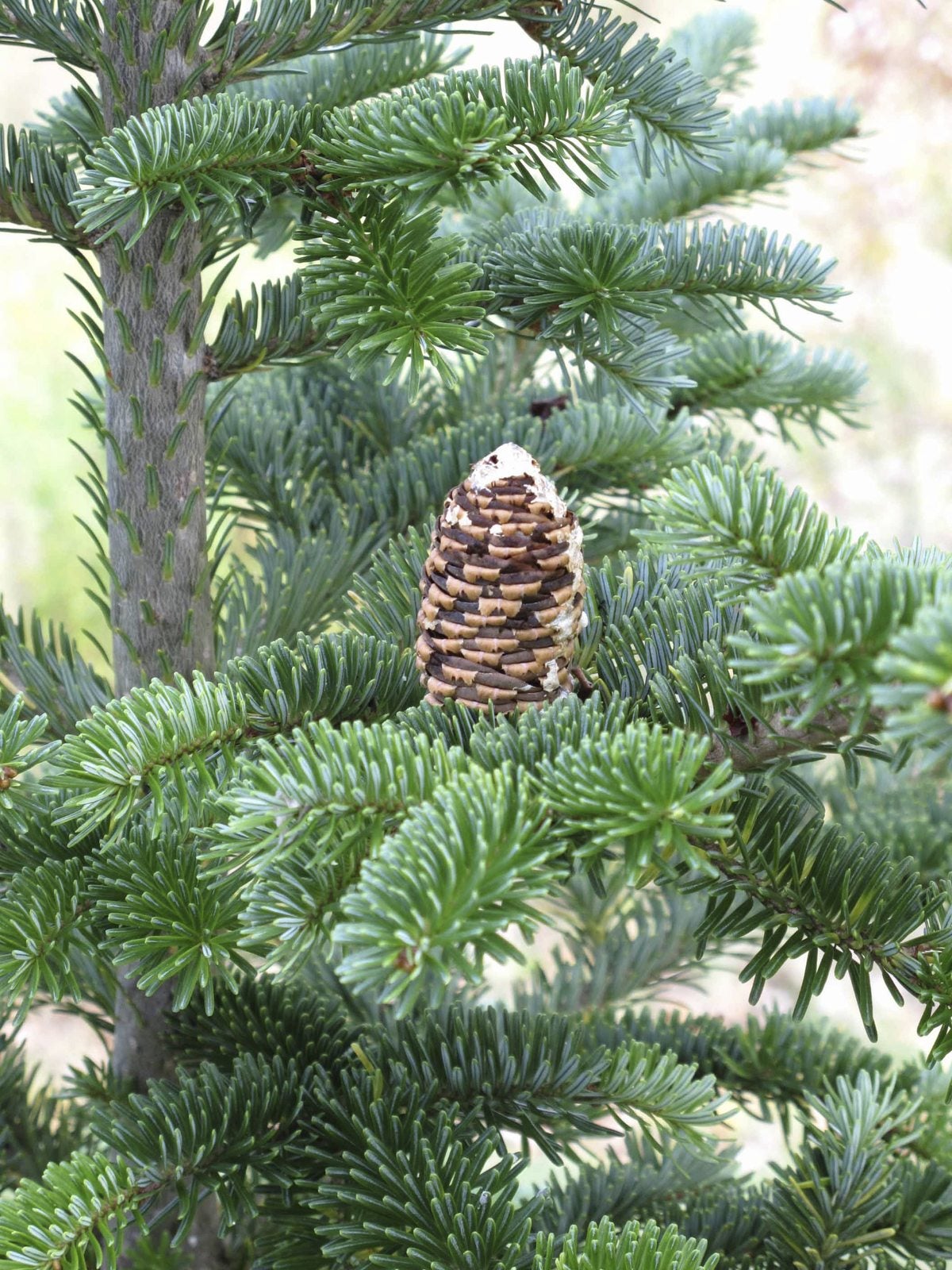Fraser Fir Tree Care: How To Grow A Fraser Fir Tree


The fragrance of a Fraser fir immediately brings to mind the winter holidays. Have you ever thought of growing one as a landscape tree? Read on for tips on Fraser fir tree care.
Fraser Fir Information
Fraser firs (Abies fraseri) are native to the higher elevations of the southern Appalachian Mountains. They are grown commercially for sale as Christmas trees, and they are unrivaled for holiday use because of their fresh fragrance and symmetrical shape. They also have the advantage of retaining the soft texture of their needles after they are cut so that they don’t prick your fingers as you hang ornaments. The tree lasts a long time before the needles begin to desiccate and drop off. You don’t have to live in the Appalachians to grow Fraser fir trees. Gardeners in U.S. Department of Agriculture plant hardiness zones 4 through 7 can grow them regardless of their elevation. It’s easy to care for Fraser firs.
How to Grow a Fraser Fir
Choose a location with plenty of bright sunlight most of the day and soil that is rich and moist. Make sure the soil drains well before planting your tree. Clay soil is particularly unsuitable. A Fraser fir tree’s native climate is cool and foggy in summer. Don’t expect it to thrive in the southernmost parts of zone 7 if you have high heat and humidity in summer. The tree prefers summer temperatures around 65 to 70 degrees F. (18-21 C.). Fraser fir trees prefer locations with an annual rainfall of at least 75 inches (190.5 cm.). If you have less rainfall, plan to irrigate the tree. Never let the soil around the tree dry out. Weeds compete with the tree for moisture and nutrients, so keep the tree’s root zone weed free. A thick layer of mulch will help keep the soil moist and shade out the weeds. If your soil is rich and loose, you won’t need to fertilize the tree. Otherwise, top-dress with 2 inches (5 cm.) of mulch in spring or early summer. You may need to trim the tree to maintain a pyramid shape, but you can often shape wayward branches by bending them inward. Cut as little as possible so that you don’t ruin the natural shape. The only thing left to do is decide how to decorate your tree for the holidays.
Sign up for the Gardening Know How newsletter today and receive a free copy of our e-book "How to Grow Delicious Tomatoes".

Jackie Carroll has written over 500 articles for Gardening Know How on a wide range of topics.